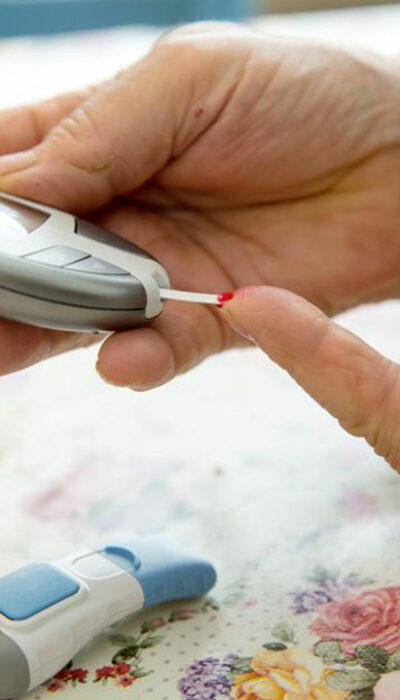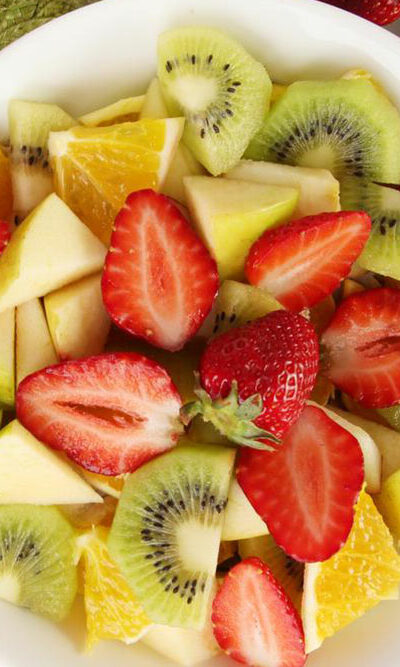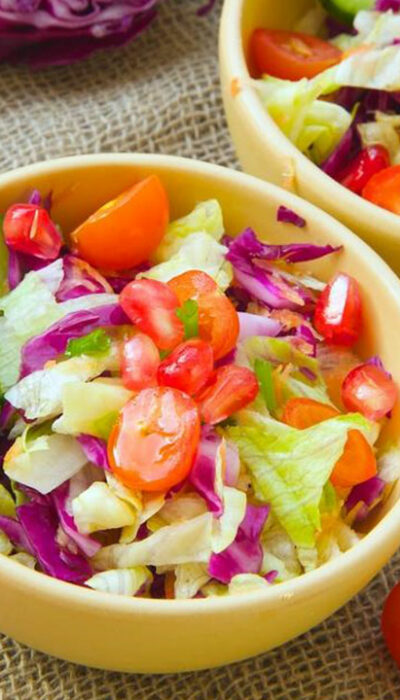
Here’s How Apple Cider Vinegar Helps Lose Weight
You might have heard a lot about this apple cider vinegar but not tried out this method. For many years, people have been searching for the best methods to shed fat and lose weight. They have experimented with different kinds of things, and most of them haven’t worked. However, apple cider vinegar has shown great promise as far as weight loss is concerned. Read on to know how why it is beneficial to use apple cider vinegar for weight loss. Tried and tested product The practice of using apple cider vinegar for weight loss is not a new thing. The ancient Egyptian people made use of it for several centuries. An interesting fact is that the father of medicine, Hippocrates utilized apple cider vinegar to find solutions for all types of diseases. So, it is a tried and tested product, and several health experts recommend using it for shedding fat as well as maintaining good health. Leading benefits of apple cider vinegar The most effective option available is to use raw and unfiltered apple cider vinegar that is produced from organic apples. If you follow such a method, you can preserve all nutrients and compounds that offer amazing health benefits. It is fully loaded with minerals and vitamins, and you can also strengthen your immune system. Another benefit is improved brain function, and it maintains your metabolism at higher levels to aid the weight loss process. Other advantages of apple cider vinegar are excellent oral health, fast wound healing, high energy levels, and elimination of joint and muscle pain. Makes you feel full and inhibits the production of fat cells One of the critical things about weight loss is that not everybody understands when they feel full. That is why they follow mindless eating and stop only when they feel physically full.










